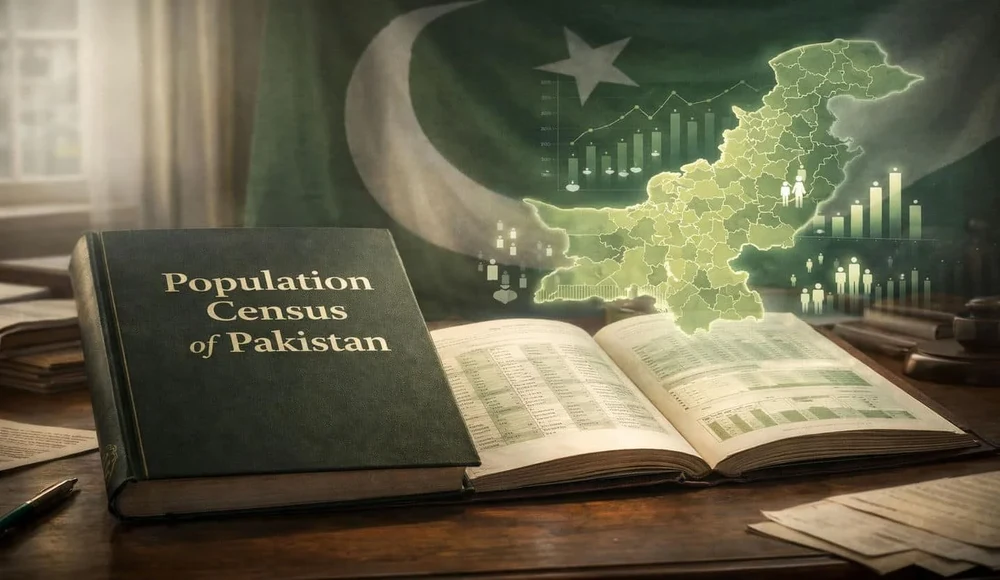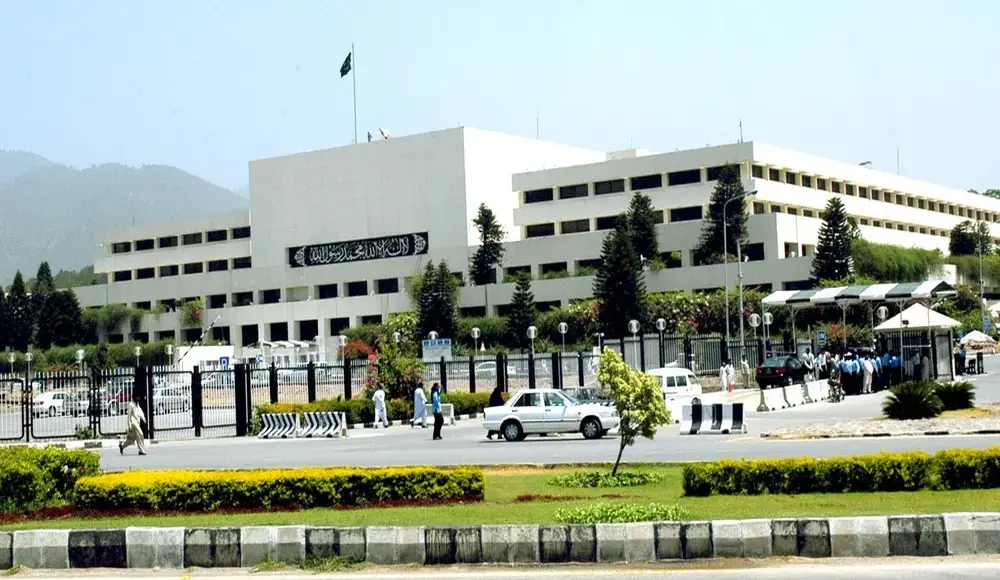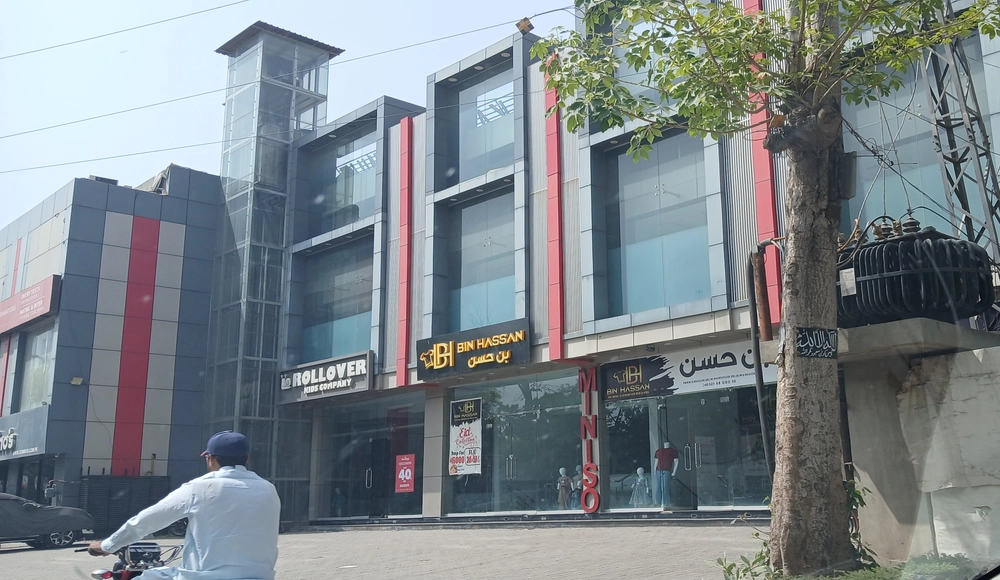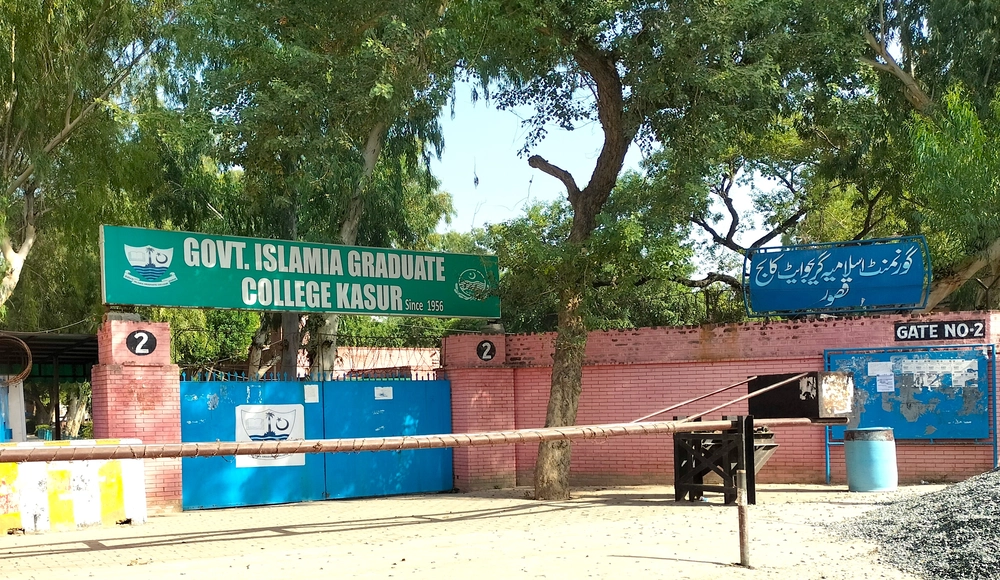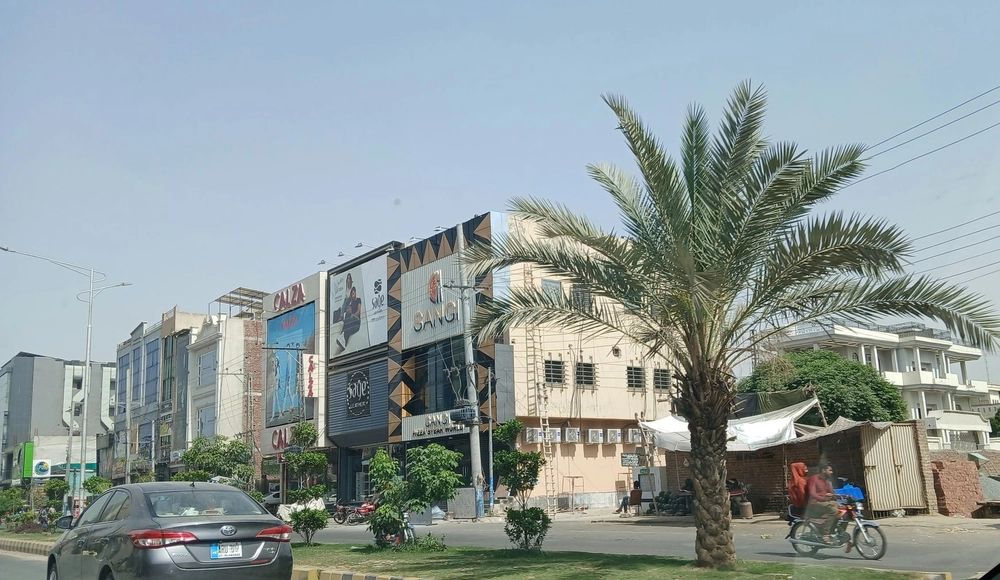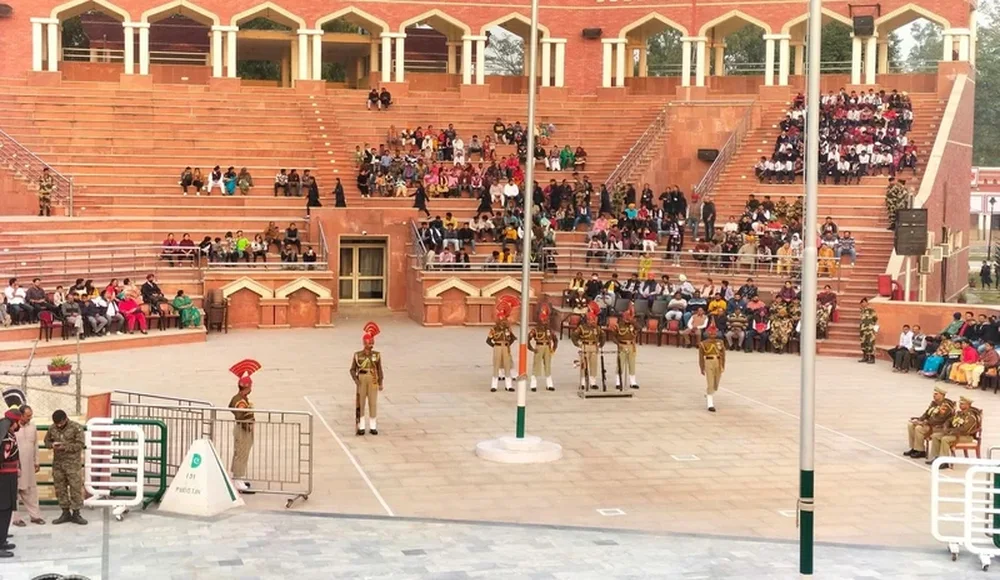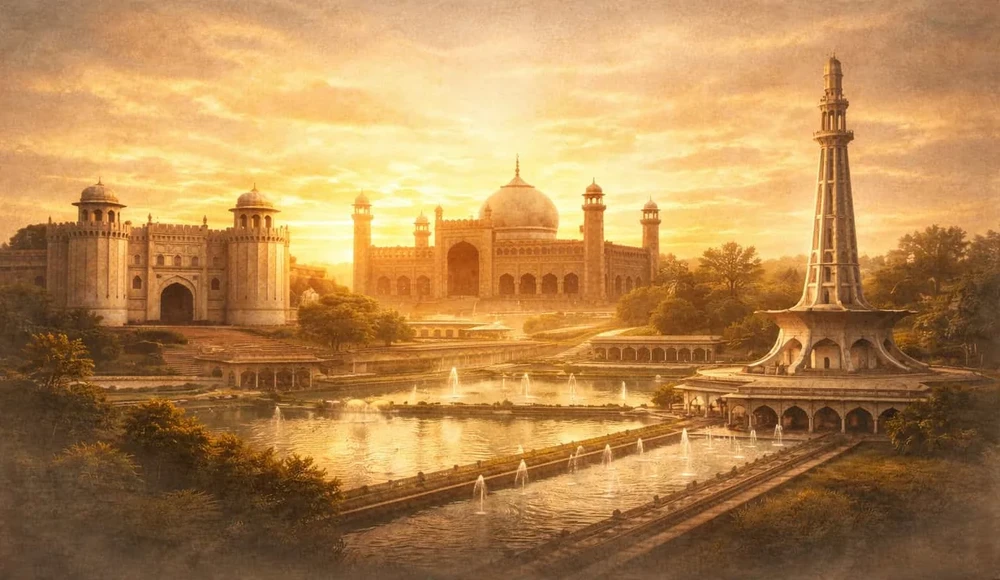This website is an informational platform dedicated to exploring the geography and diverse landscape of Pakistan in a clear and structured way. This website covers a wide range of topics including Pakistan’s physical geography, history, urban and rural settlements, historic landmarks, culture and popular tourist destinations. In addition, this website provides detailed information about administrative divisions, legislative and electoral structures, and other location-based data.
Pakistan, a land of remarkable diversity, is a country that has diverse geography which ranges from towering mountain peaks to vast arid deserts, lush green plains to meandering rivers. Pakistan’s diverse geography offers tremendous potential for tourism, agriculture, and trade. The scenic beauty of the northern mountains, the historical significance of the Indus Valley, and the potential of coastal tourism are just a few examples of the opportunities that geography presents.
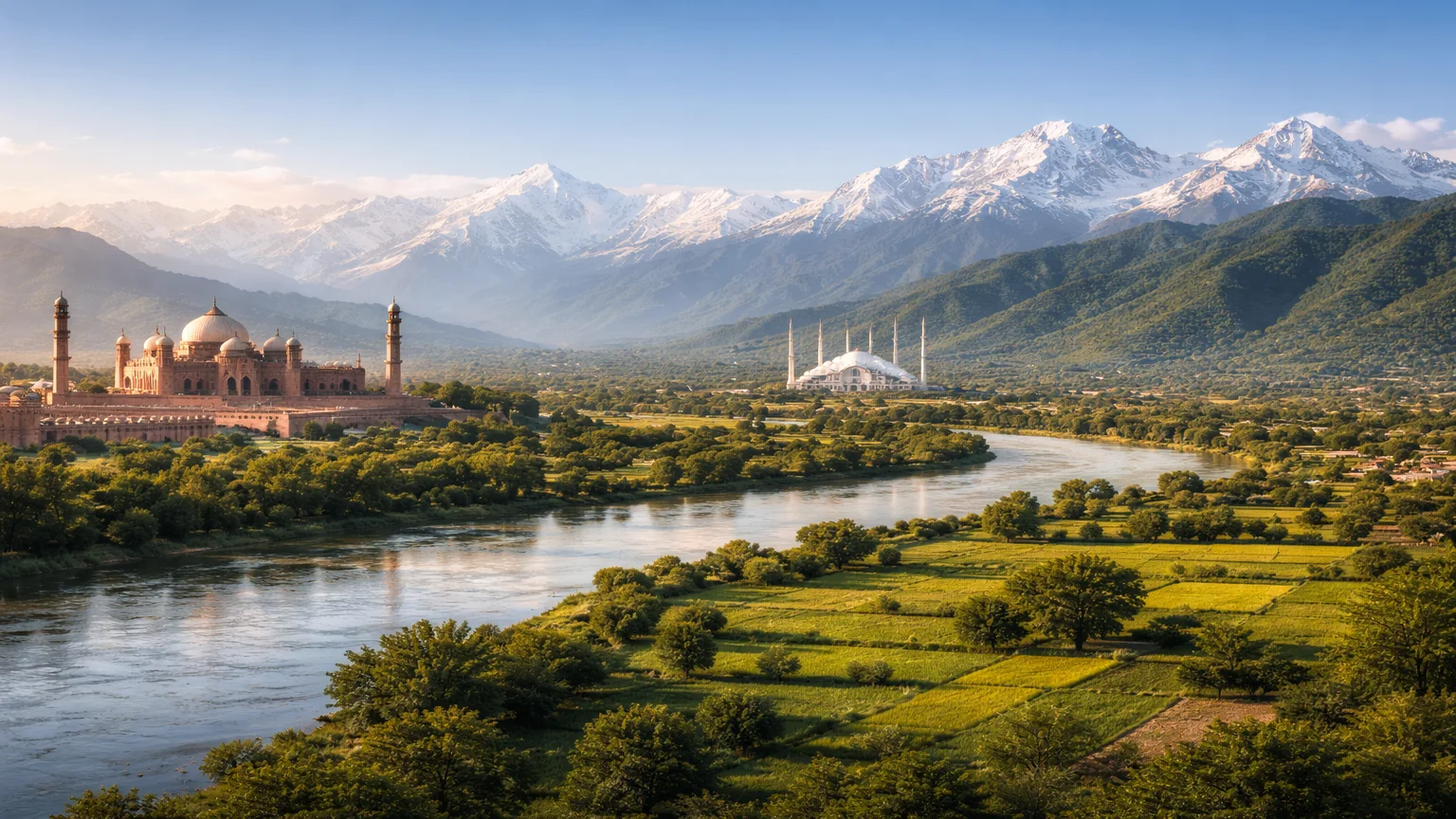
Northern Splendor:
Pakistan’s northern region is home to some of the world’s most awe-inspiring mountain ranges, including the Himalayas and the Karakoram Range. These towering peaks, including K2, the second-highest mountain on Earth, draw mountaineers and adventurers from across the globe. The sheer magnitude of these mountains is both breathtaking and treacherous, as the challenging terrain has earned them the nickname “The Savage Mountains.” Their snow capped peaks feed the nation’s rivers and influence the climate throughout the year.
The Indus River Basin:
The Indus River, originating in Tibet and flowing through Pakistan, is the lifeblood of the country. The Indus Basin Irrigation System, one of the largest in the world, sustains agriculture and the livelihoods of millions. The river flows through the fertile plains of Punjab and Sindh, creating a lush green landscape in contrast to the arid regions of the south and west.
The Thar Desert & Coastal Charms
In stark contrast to the fertile plains, the Thar Desert dominates the southeastern region of Pakistan. This arid nature is home to a unique ecosystem adapted to the harsh desert environment. Despite its harsh conditions, the Thar Desert has a rich cultural heritage and is famous for its vibrant festivals, traditional music, and distinctive art.
Pakistan’s coastline along the Arabian Sea stretches for approximately 1,046 kilometers (650 miles). This coastline is punctuated by natural harbors, including the bustling Karachi Port. The coastal region has a unique blend of cultures, with influences from Arabia, Persia, and the Indian subcontinent. The warm waters of the Arabian Sea support a rich marine life, making it an attractive destination for fishing and water sports enthusiasts.
Plateaus and Plains:
Balochistan, the largest province in Pakistan, is characterized by vast plateaus and desolate plains. This region is sparsely populated and known for its rugged terrain. Quetta, the provincial capital, is surrounded by mountains and is a hub for trade with neighboring Afghanistan and Iran. The Makran Coastal Range in Balochistan is a geologically fascinating region, with dramatic cliffs and unique rock formations.
Pakistan’s Rural Charm:
In Pakistan, the heart of the nation beats in its villages. Nestled amid lush fields and rolling landscapes, these rural areas are a testament to tradition, community, and simplicity. The vibrant bazaars burst with colorful textiles and handmade crafts, while mud-brick homes reflect enduring craftsmanship. Pakistan’s villages embody the warmth of hospitality, where strangers become friends over a cup of chai. In these rural havens, the pace of life is unhurried, offering a genuine connection to the nation’s soul.
Pakistan’s Urban Areas:
Pakistan’s cities are vibrant, each with a unique character. Karachi, the economic hub, never sleeps; Lahore, the heart of Punjab, brims with history and culture. Islamabad, the serene capital, exudes modernity and order. Multan, the “City of Saints,” is a spiritual oasis. Quetta, nestled in the mountains, offers breathtaking vistas. Faisalabad, the textile powerhouse, weaves economic dreams. Peshawar, with its ancient bazaars, echoes with tales of the Silk Road.
Cultural Significance of Pak Geography:
Pakistan’s geography has played a pivotal role in shaping its cultural diversity. The northern mountainous regions have distinct languages, traditions, and lifestyles, while the plains of Punjab and Sindh have their own rich cultural tapestry. The Thar Desert’s nomadic communities have a lifestyle adapted to the harsh desert conditions, and the coastal regions have a unique blend of cultures influenced by centuries of trade and interaction.

